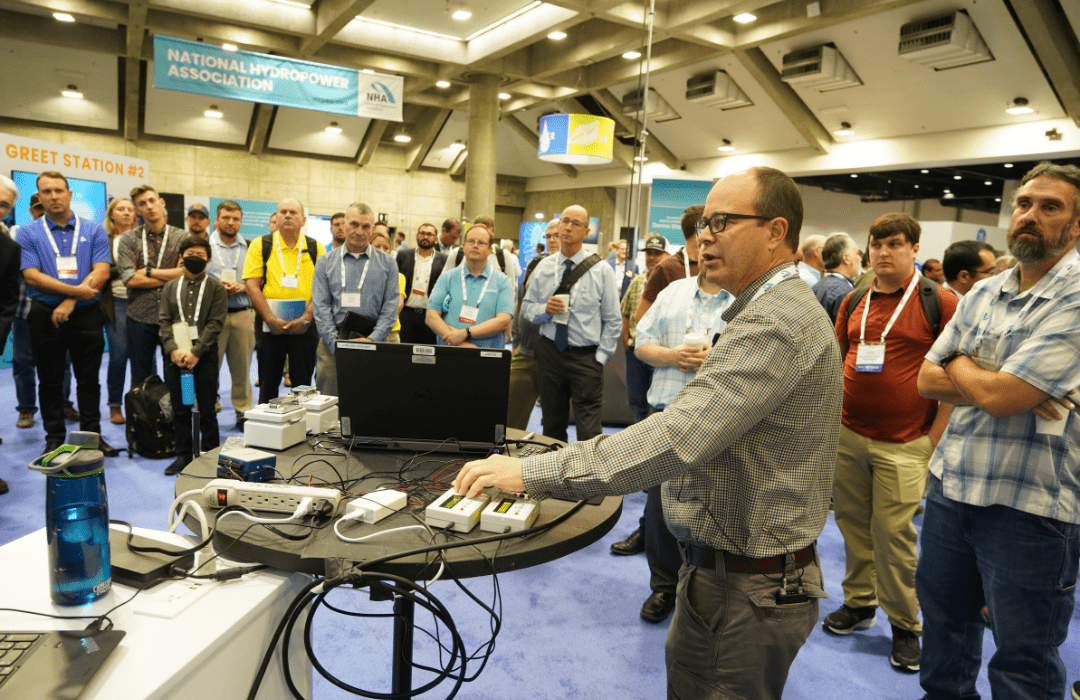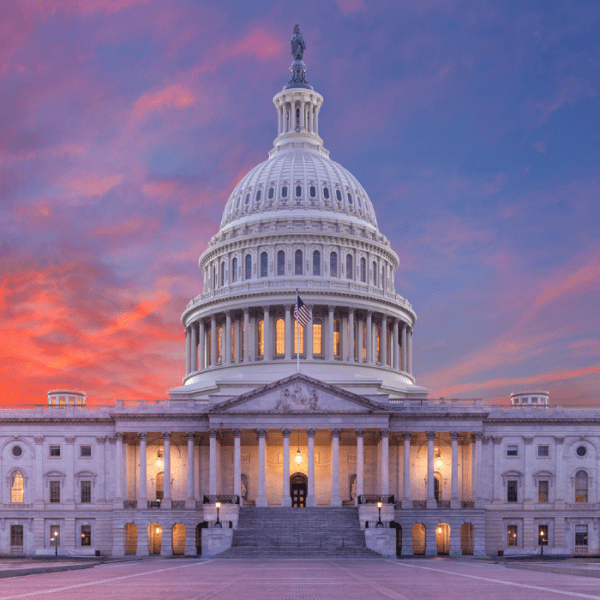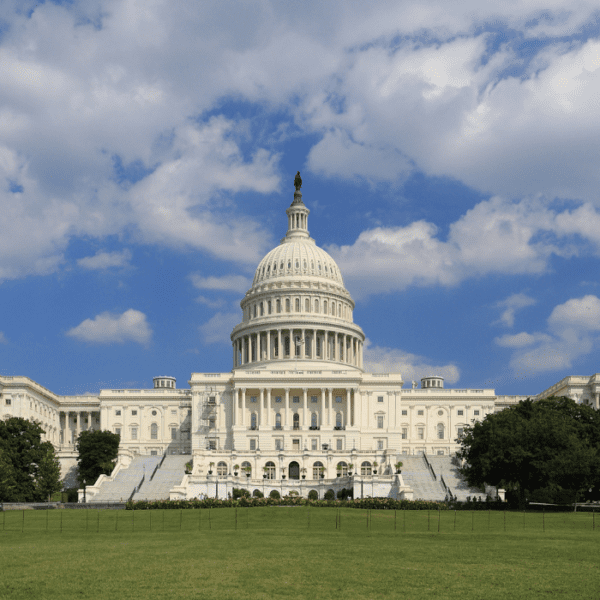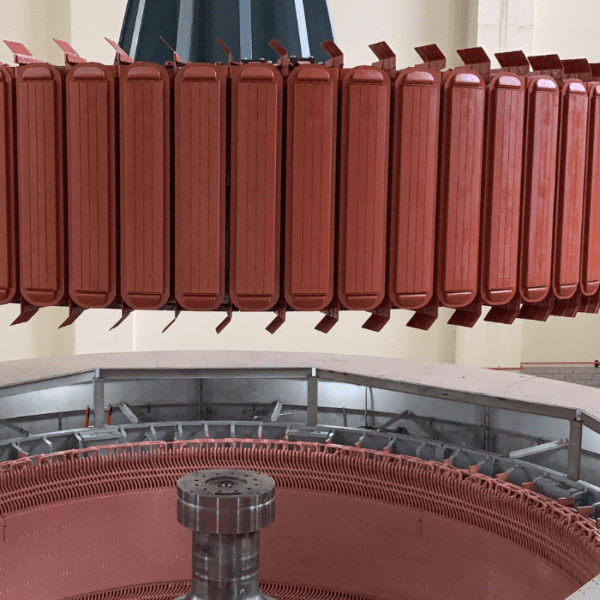The Clean Currents 2022 Conference + Trade Show, held the week of October 17 in Sacramento, California, was a convergence point for the waterpower industry. With attendees, exhibitors, and speakers joining from around the world, the full breadth of the industry’s knowledge was on display.
During this “by the industry, for the industry” annual event, hydro project owners and developers, service and product suppliers, government agency officials, non-government organizations, and other stakeholders connected in workshops, during organizational meetings, on hydro plant tours, in CC Central (the location of displays by more than 150 exhibiting companies as well as more than 80 educational sessions), and during networking events.
From conversations throughout the week of October 17, the National Hydropower Association (NHA), owner and organizer of Clean Currents, offers observations about four trends emerging from the week:
- Federal financial support is creating business opportunities
- The importance of seizing the pumped storage moment
- Industry and government are committed to solving waterpower’s workforce challenges
- Industry must continue to communicate that hydropower is needed to backup other renewables
TAKEAWAY #1: FEDERAL FINANCIAL SUPPORT IS CREATING BUSINESS OPPORTUNITIES
In August 2022, Congress passed the Inflation Reduction Act, which includes several longstanding National Hydropower Association tax priorities as part of the $369 billion package for the U.S.’s energy sector. Included in this act are a number of key provisions, such as: incentivizing development of new pumped storage, project support in the form tax credits – investment tax credits (ITC) and production tax credits (PTC), and the maximization of said tax benefits by providing direct pay for non-taxed entities.
Coupled with the $1 trillion bipartisan Infrastructure Investment and Jobs Act, which was signed into law at the end of 2021 and represents more than $900 million in incentives for waterpower, a generational amount of funding has been invested in the future of the United States’ waterpower infrastructure. Therefore, it stands to reason that asset owners, manufacturers, and everyone impacted by these critical pieces of legislature would have questions about how to access the funds.
During Clean Currents, sessions like “How to Get Your Money – Ask Your Questions About the New Infrastructure Grants, Tax Credits, and Direct Pay Laws” featured experts answering questions from attendees, providing specific guidance to those looking to benefit from these new laws.
In response to the outpouring of interest, NHA will continue to provide forums for member organizations and the overall waterpower community to learn and get answers to questions dictating the very nature of their work, and the topic will be covered extensively during Waterpower Week 2023, which will be held in Washington D.C. from May 8 – 10.
The industry has embraced the aforementioned incentives, and with hydropower receiving generational support, business is booming. Russ Sanford, senior vice president and chief growth officer at Kleinschmidt, commented on the growth:
“It’s a very exciting time to be in hydropower! The confluence of aging hydropower assets, the growth in variable renewable energy like wind and solar (and the huge need for storage that hydropower can provide), and the financial support coming from the federal government has created tremendous opportunities. The vibe coming out of Clean Currents felt much like what the offshore wind industry is experiencing due to the abundance of project opportunities.”
With the influx of work and renewed focus on addressing hydropower’s critical role in achieving carbon zero goals, the industry has utilized incentives and is searching for new ways to connect and grow, as evidenced by 120 companies already registering for exhibiting space at Clean Currents 2023 in Cincinnati, Ohio.
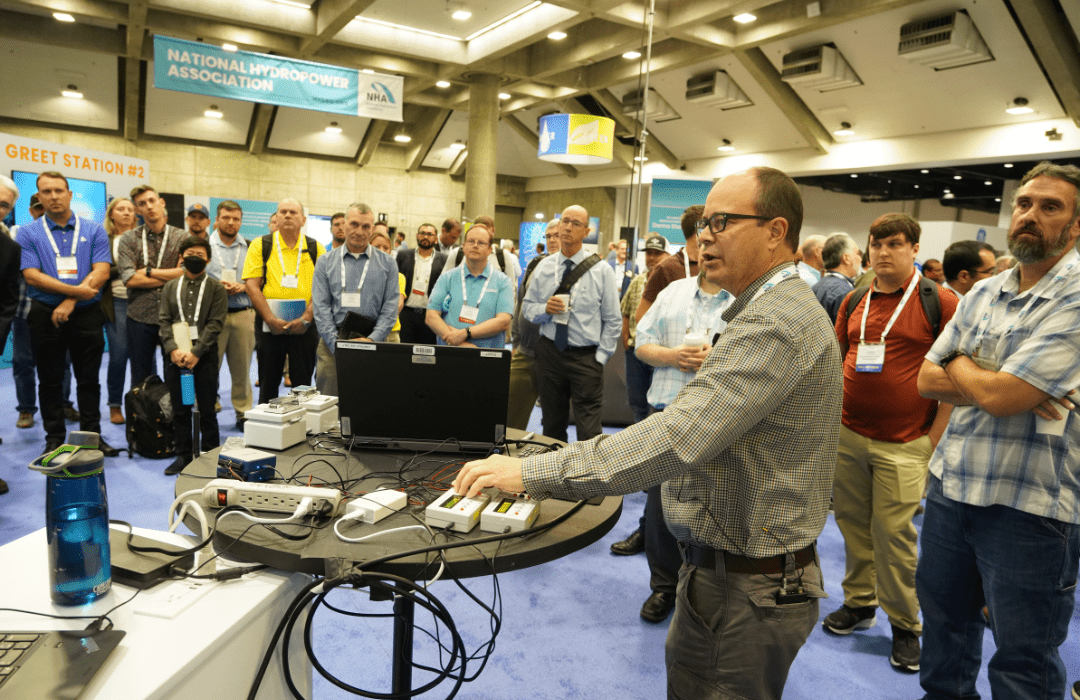
Attendees at Clean Currents 2022 observe a presentation.
TAKEAWAY #2: THE IMPORTANCE OF SEIZING THE ‘PUMPED STORAGE MOMENT’
At Wednesday’s opening Plenary Session, Karen Douglas, Senior Advisor for Energy, Office of California Governor Gavin Newsom, discussed the importance the state is placing on providing robust energy storage for budding renewables; Douglas said: “We are investing in pumped storage, [and have] invested about $240 million to get the Oroville project moving forward.” Later adding, “Pumped hydro is very much on the map, and people are paying attention to it for good reasons.”

Karen Douglas, senior advisor for energy, Office of California Governor Gavin Newsom, during Clean Currents 2022 Wednesday Plenary.
With renewables increasingly adding clean energy to the grid, the need to store the excess is critical. This energy storage imperative has been represented in recent legislature and political discourse, such as the Inflation Reduction Act, where the expansion of tax credits is sure to benefit the waterpower industry, and during the “Full Committee Hearing on Opportunities and Challenges in Deploying Innovative Battery and Non-Battery Technologies for Energy Storage” conducted by the U.S. Senate Committee on Energy and Natural Resources.
During Clean Currents, pumped-storage hydropower was the focus of four sessions devoted to understanding the technology, global application, and development of this important technology, and it was discussed by panelists from Oak Ridge National Laboratory, Pacific Northwest National Laboratory, U.S. Department of Energy, and California Department of Water Resources.
While pumped storage development in the United States is growing slowly, Elliot Mainzer, chief executive officer of the California Independent System Operator, believes pumped storage is important to the long-duration energy storage conversation. During the Thursday Plenary Session, Mainzer said:
“I do think hydro, pumped hydropower, has the potential to be a big player in this space,” and he later added, “I’m hoping as we come to grips with infrastructure challenges in California that we take some of the same conversation that has been taking place with the Uncommon Dialogue and get some of these big projects done.”
To those unfamiliar with the Uncommon Dialogue, it is an evolving conversation between key players in the hydropower industry, NGOs, tribes, and conservation groups about identifying and addressing key hurdles in the development of new hydropower projects and the continued operation of existing projects. Mainzer’s comments illuminate the importance of permitting reform because without faster tracks to develop pumped storage hydropower, the laborious and time-consuming projects won’t be rolled out fast enough to support the increase of other renewables on the grid.
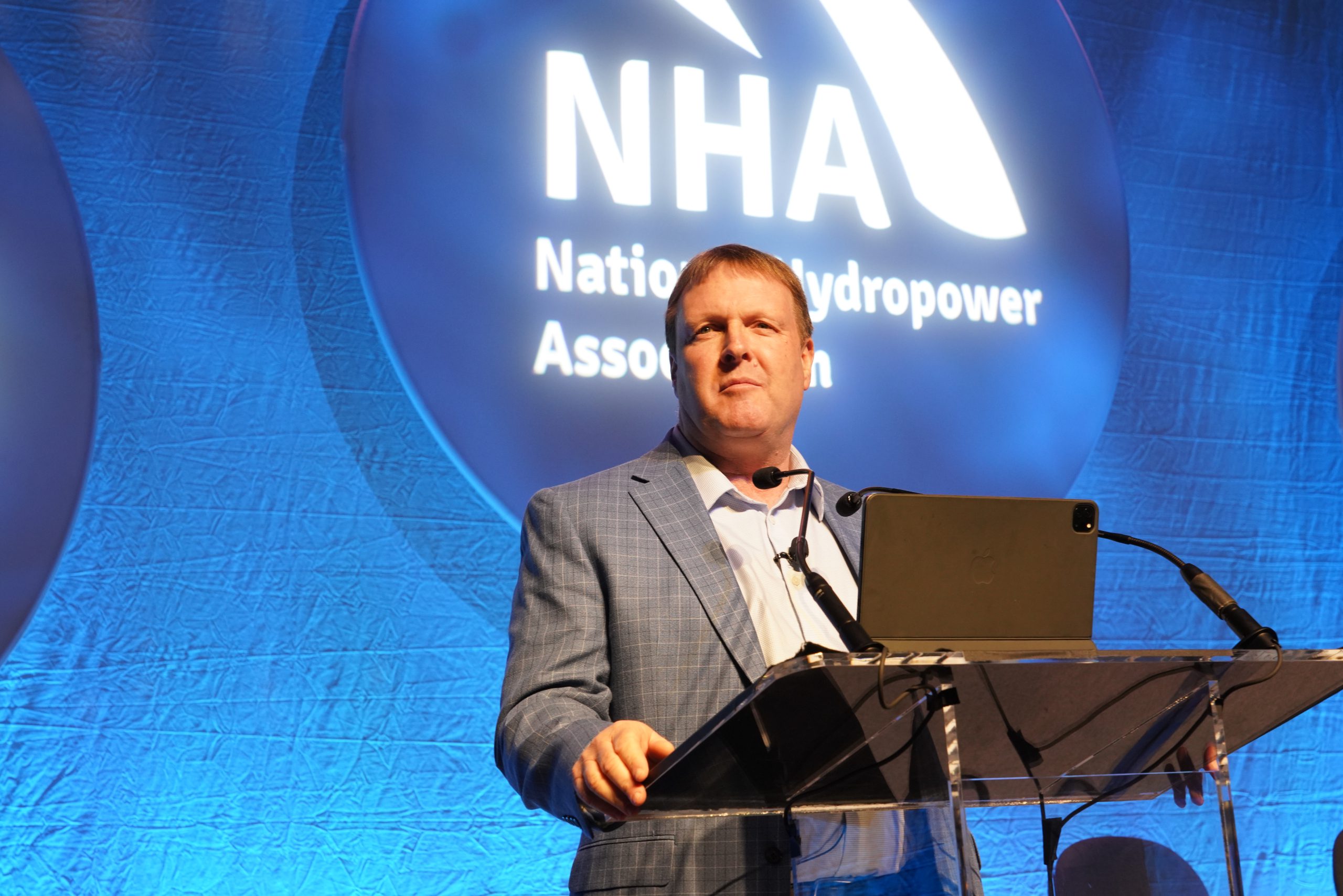
Elliot Mainzer, chief executive officer of the California Independent System Operator, addresses Clean Currents 2022 attendees.
TAKEAWAY #3: INDUSTRY AND GOVERNMENT ARE COMMITTED TO SOLVING WORKFORCE CHALLENGES
The waterpower industry has a critical role to play in achieving zero carbon goals, but the people who will make it possible are also integral to the equation. With retirements looming, the industry is reconciling with the reality that resources, both human and monetary, must be invested in the next generation of workers.
According to the U.S. Department of Energy Water Power Technologies Office (WPTO) commissioned report, titled “U.S. Hydropower Workforce: Challenges and Opportunities,” published in 2022, approximately 26% of the hydropower workforce is age 55 and older and will reach retirement age within the next decade – nearly 9,000 workers will leave the hydropower workforce by 2030 and 13,000 will leave by 2040. Replacing these workers is also complicated due to issues with the transfer of knowledge, as nearly 22% of hydropower operators indicated that they have a weak knowledge-transfer system or no transfer system in place. In addition, jobs in skilled crafts and engineering services will be impacted by high turnover and retirement rates over the course of the next 5-10 years.
From plenary session speakers to Clean Currents’ workshops, the industry made it a point to identify the critical nature of hydropower’s workforce challenges. For example, WPTO, the National Renewable Energy Laboratory, and the Hydropower Foundation hosted a workshop, “Advancing the Discussion of Hydro Workforce Development – Identifying Industry Priorities,” to get feedback on how the industry can help address urgent hydropower workforce needs, including identifying a framework for knowledge transfer and succession planning.
After the dialogue from this session concluded, major takeaways were clear; namely, the industry standards on qualifications need to be developed, and the perception, as well as messaging, need to be tackled when targeting select segments of the future workforce.
Out of this, three overarching categories were identified:
- Building nationwide partnerships: e.g., Clean Energy Talent Hub development
- Hydropower industry alignment to build the pipeline and change perception: e.g., the industry must define qualifications, hydropower certifications, and transferable skills
- Localized community immersion: e.g., the development of targeted educational programs, partnerships, and materials
With continued industry and governmental focus on these core areas, the future of hydropower can achieve greater recognition, passionate workers, and sustainable longevity.

Students stop by a booth during Clean Currents 2022.
TAKEAWAY #4: CONTINUE TO COMMUNICATE: HYDROPOWER IS NEEDED TO BACKUP RENEWABLES
One message heard over and over during Clean Currents was: The industry has to tell its story regarding the importance of hydropower as it relates to supporting other renewables.
One only needs to look at California’s recent heat event over Labor Day week when temperatures across the state skyrocketed, yet hydropower resources provided 5,000 MW of clean energy to bolster the grid and prevent blackouts.
Despite heat and drought, a recent report published by Pacific Northwest National Laboratory found that even during the most severe droughts of the past two decades, hydropower was able to sustain 80% of average power generation, or 20% electricity demand across the West.
The California Climate Commitment, a $54 billion investment in climate action, is just one of many efforts in the United States to strengthen renewable developments and address the climate crisis. Countries across the world are also recognizing and investing in the importance of hydropower as a backup to renewable portfolios both in its ability to run 24/7 and inherent black start capabilities – when hydropower is used to jumpstart an electrical grid.
Ted Craddock, Deputy Director of the California State Water Project (SWP), California Department of Water Resources, who spoke during Thursday’s Plenary, said, “Hydro has the ability to still be a backbone because of its variability and dependability, and it has a strong future across the United States and the West.”
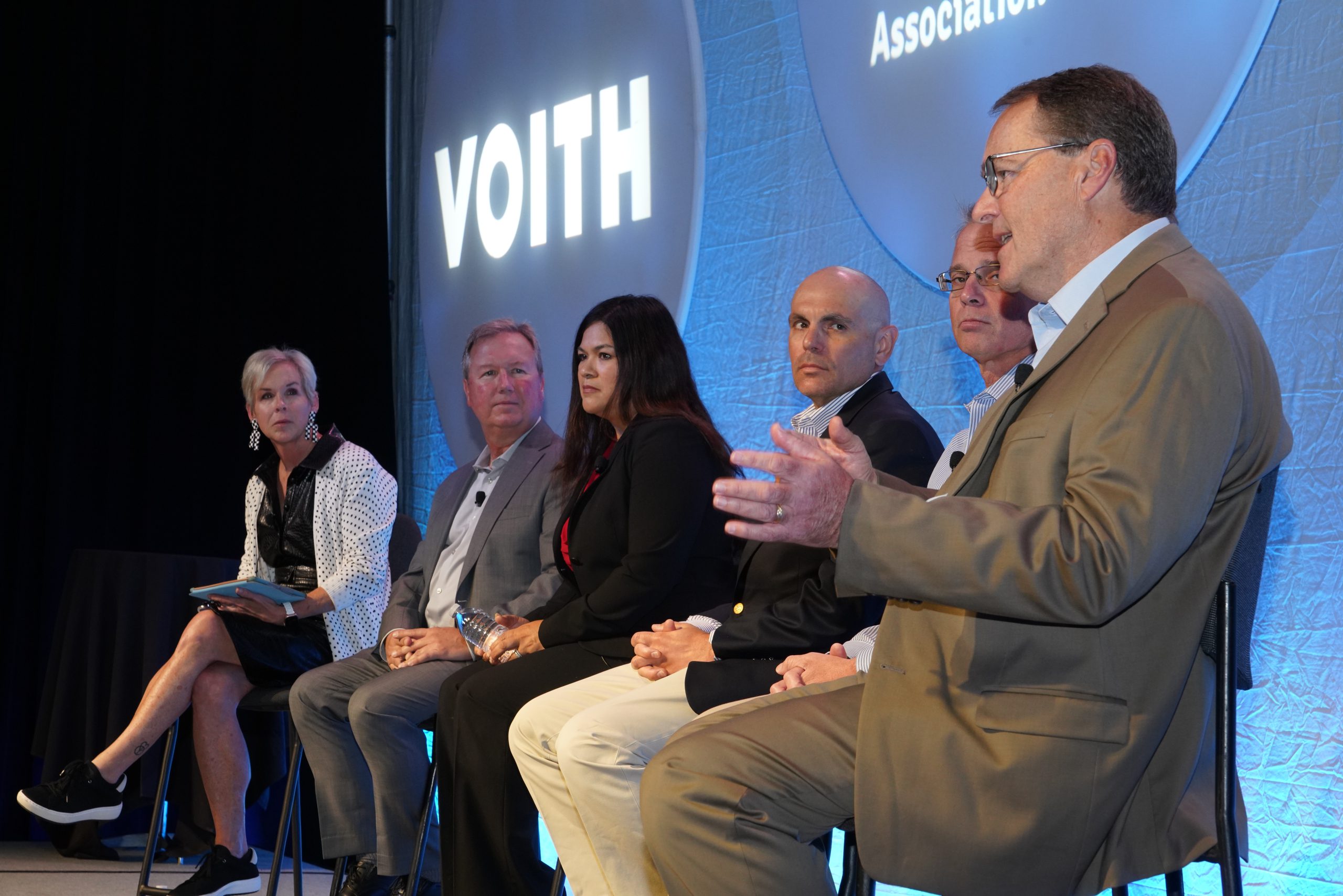
Ted Craddock, deputy director of the California State Water Project, sits second from left and listens as Randy Howard, general manager of Northern California Power Agency, addresses the Plenary audience.
The hydropower industry’s adaptability already makes it well-suited to different seasonal variations regarding rain and snowpack, which, with the advent of climate change, make hydro an ideal backup to other renewables, especially as weather patterns change and intensify.
In turn, the industry should work to better communicate this value proposition with other renewables to bolster messaging to legislators and policy makers about how wind, solar, and hydro are complimentary assets.
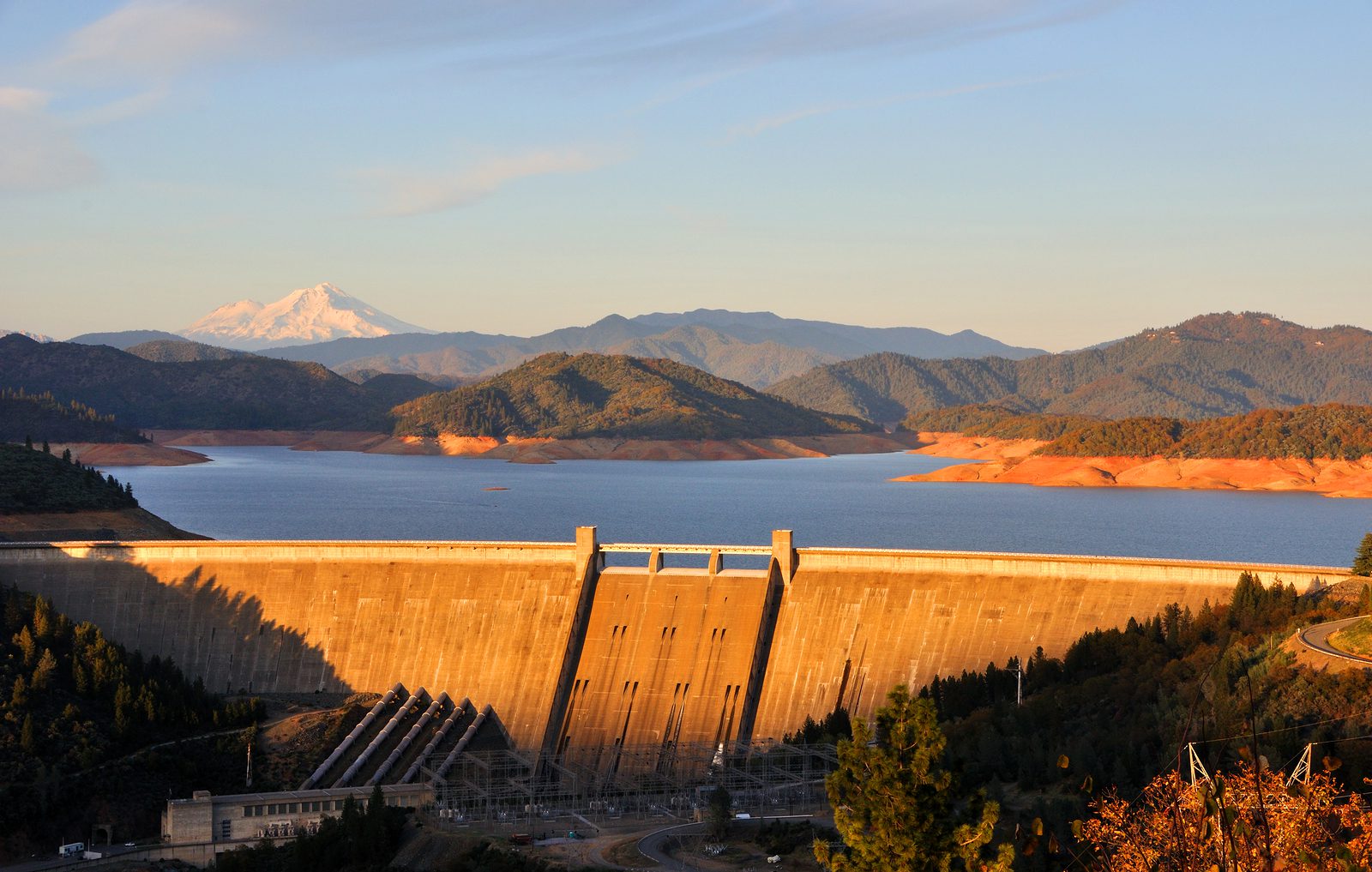
U.S. Bureau of Reclamation’s Shasta Dam, located in Northern California.
WANT A RECAP? FULL CONFERENCE PROGRAM AND SPEAKER LINEUP STILL AVAILABLE
If you were not able to attend the Clean Currents 2022 event, but still want to review the full program, the details are available at: www.cleancurrents.org (“Program” tab). Check out the conference program and speaker lineup for a full review of all the content presented during the event.



